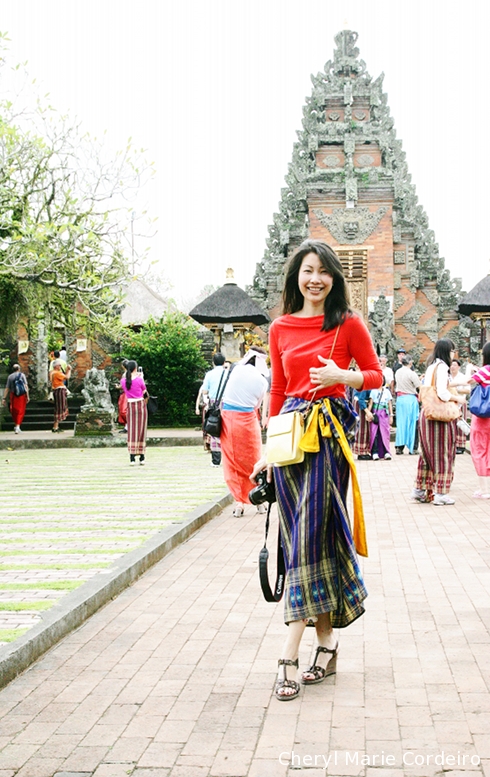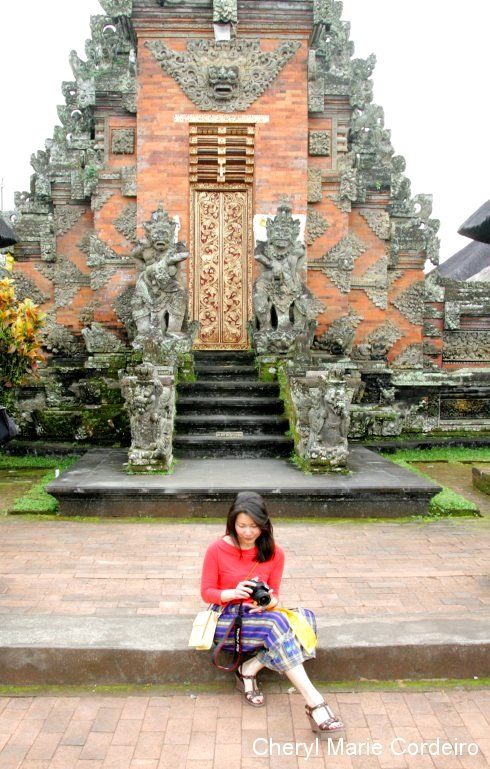
Residing in Batuan village and founded in c. 1020 AD, the Batuan Temple is a conflux of Indian Hinduism with Indus architecture.
Text and Photo © JE Nilsson and CM Cordeiro 2012
The surprising aspect of this temple visit is the realisation of how accessible local religion and philosophy is made to you as visitor in order to partake of their song, dance, rituals and daily activities that mean a lot to them. One could of course reason that it is all part of the tourism industry here in Bali, but at the same time, there’s the feeling of there being something more to it. There is nothing imposing in the Balinesian behaviour towards visitors, rather it is their subtle invitation and hospitality that make you feel all at once at home on this island even if for a few days.
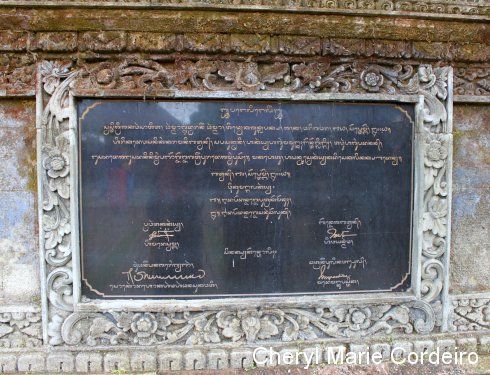
Religion and religious philosophy are inextricably interwoven into the daily lives of the Balinese people, where in one of the island’s oldest temples in Batuan village, the event of the full moon continues to be celebrated with ritual and festivities in the Pura Puseh Desa Batuan (Batuan Temple).
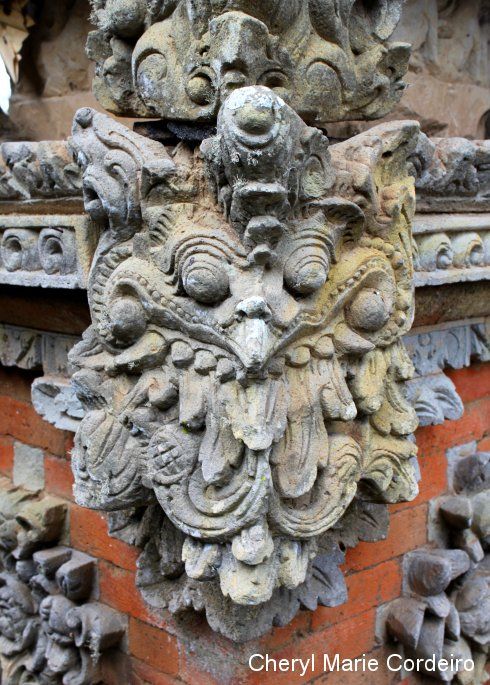
The Garuda.
The village of Batuan that was perviously under the control of the Royal Family, is located on the road between Denpasar and Ubud, two of Bali’s larger towns today. The village is known for its heritage of artistry and craftsmanship that one can still find today in the numerous works of paintings along the street towards the temple.
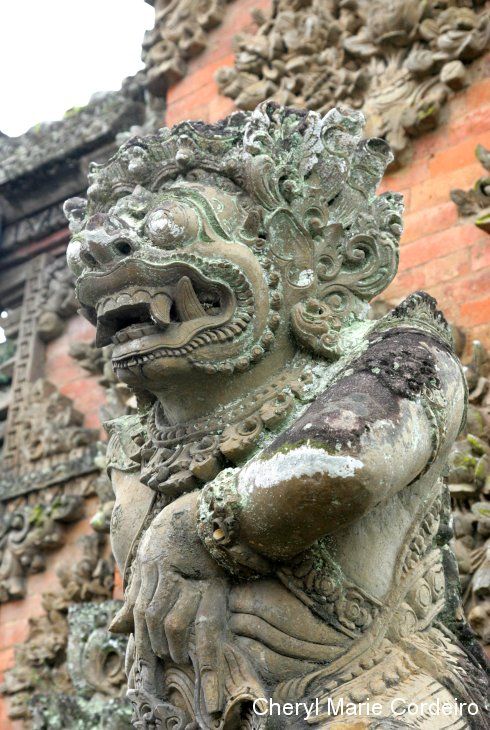
The Barong.
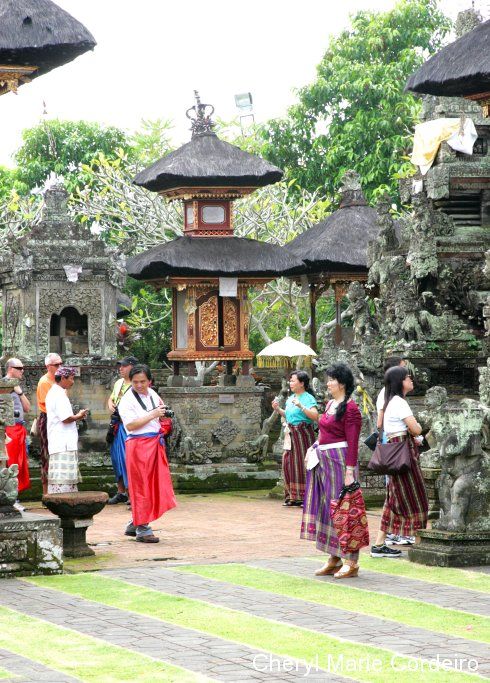
Garden.
In Hinduism, the philosophy of Brahman is the point of view or belief in the one supreme, universal Spirit that is the origin and support of the phenomenal universe, sometimes referred to as the Absolute.
Depending on the school of philosophy, Brahman can be conceived as both personal and impersonal, encapsulating the dialectic logic of and/or rather than “and” or “or”, where an enlightened human being is said to have realized his / her true infinite self through an understanding of this apparent contradiction of the “and/or”, “neither/nor” philosophy. The aspect of infinity in itself.
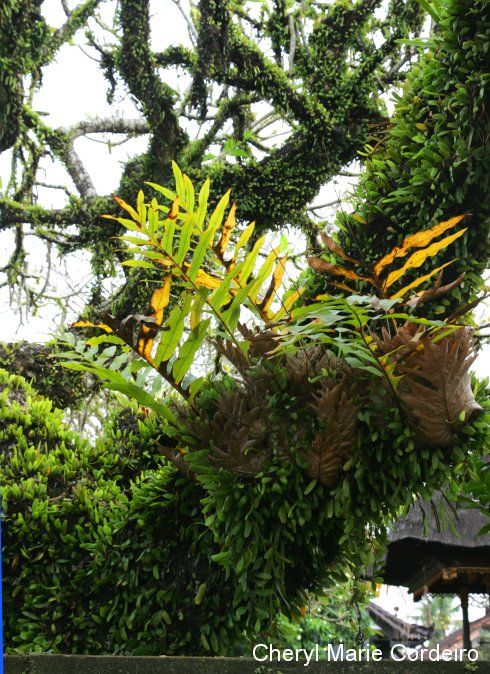
Fern.
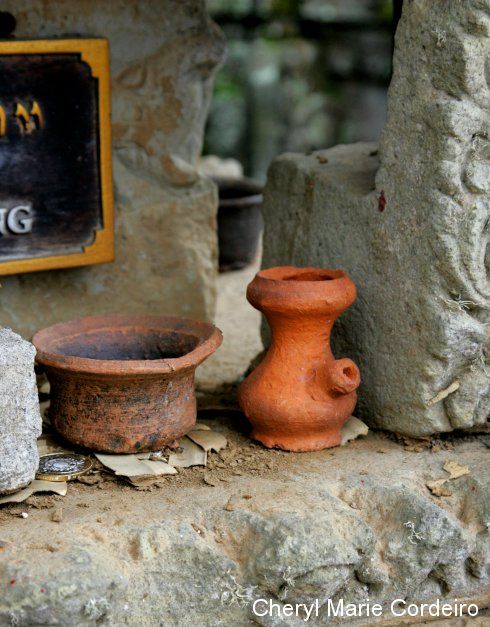
Kendi.
The temple is rich in Hindu architecture and culture, reflected even in a small kendi placing at one altar.
The kendi is a familiar vessel form in the region of SE-Asia, where it plays a significant role in the rituals and daily life since ancient times. Originally made in precious metal to hold holy water in the rituals of purification, they are now made in terracotta, earthenware and clay, appearing in sculpture and painting as objects in the hands of the Hindu gods Brahma and Shiva.
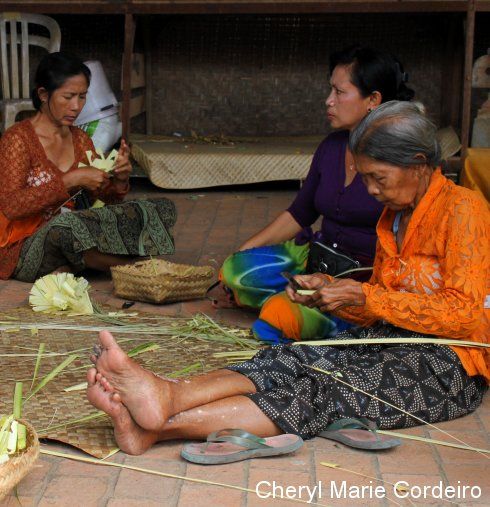
Preparations.
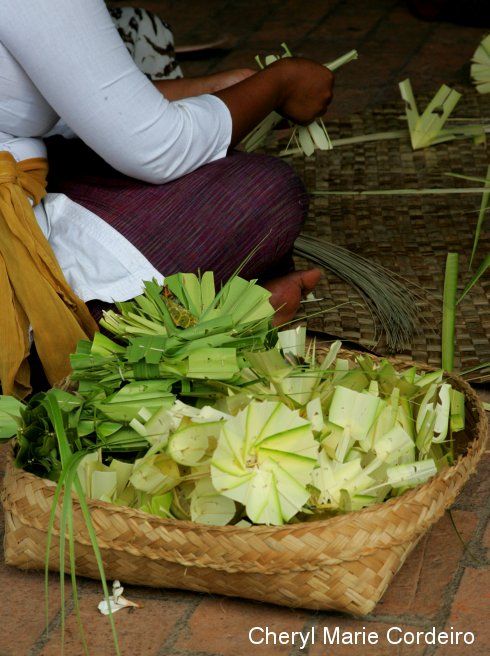
Offerings.
The indigenous spirit of the people of Bali are reflected in their various works of art where even in close range, the Ubud Style of art differs from the Batuan Style of art, the latter using bolder colours and depicting more daily activities and scenes of living than the former. Visual texts are also more prominent in Batuan than in Ubud. The variations of these art forms that no doubt resonate towards the political arena of the island, are also reflected in this Batuan Temple.
